REVIEW – Mystery Ranch Comms2
PRODUCT: NICE Comms 2
MANUFACTURER: Mystery Ranch
DESCRIPTION:
A fully integrated external frame load carrying solution for manpack radio sets, ancillary equipment and the signaller’s personal equipment, using the famous Mystery Ranch NICE frame.
The pack is designed to accommodate the American AN/PRC-117 manpack radio. Obviously, this is common in American service, and I believe in use by our Special Operations forces to enable interoperability with our allies.
MATERIALS:
500D for pack material.
Various lockable fastex clips, high quality YKK zips and webbing.
In particular, the lockable fastex clips are growing on me. I’ve occasionally had fastex clips slip on me over the years. With the locakable clips, this can reduce some of the slippage that some webbing tapes can have with such clips.
SPECIFICATIONS:
Capacity – 33L (2000 cubic inches) (without Hitchiker daypack)
Weight – Wasn’t able to weigh the pack, but I’d guess at about 3-4kg with Hitchhiker daypack
Dimensions – 58cm x 33cm x 20cm (without Daypack I think)
LAYOUT:
HARNESS –
The NICE external frame system has one of the nicest harness systems I’ve seen. It’s easily one of the most comfortable I’ve seen on a military pack. Easily being comparable to anything seen in such outdoor shops in Australia like Mountain Designs, K2 and Silk Road from most major pack designers.
The straps are contoured 3-dimensional construction similar to that found on the Crossfire DG-6 to maximise the load transferrance to the wearer. The hard plastic insert in the shoulder straps prevent a load turning the straps into string and biting into the wearer, such as seen on cheaper packs in the market, it is also noticeable that the Land125 ALICE harness system lacks anything like this.
The running ends of the straps have a finger loop sewn into the stop. I quite like this, as a finger can be inserted to gain a better purchase of the strap when needed, without being too much of a snag hazard. This also allows Velcro strap keepers or paracord handles to be used for strap management purposes.
The straps also have Velcro secured and elastic loops to secure hydration bladder hoses and radio handsets. Although strangely, there’s no capacity for a radio handset to be hung on the harness. I know a lot of Sigs are using a headset nowadays, but it would still be nice to have a steel ring to hang handsets from on the pack harness. I suppose this could be modded by the wearer by using a stainless steel keyring split ring arrangement (or even that universal field mod – grenade pin rings).
A sternum strap and top tensioners are present to maximise the comfort from the wearer. These are some of the most adjustable top tensioners I’ve seen, being comparable to very high end alpine climbing packs that tend to be custom or limited production. To see it on a production pack in this country is unusual, and hints at great quality for a more discerning user of high knowledge levels.
The substantial and very comfortable hip belt is impressive from a design and usability point of view. There is PALS rows fitted to the hip belt, allowing pouches to be fitted to the belt for the wearer’s preferences. The fully adjustable hip loading belt also has a clever way to adjust the running end to allow a reduction of flapping belt to reduce snag hazards in vehicles and close terrain which is impressive to see. If you’re like me, I hate seeing such long running ends on such things as hip belts when I’m walking the wilds. This is plainly obvious in a lot of pictures in outdoor magazines (and actually watching a lot of civvy bushwalkers when I go walking).
Whilst this hip belt would interfere with normal belt webbing which is still quite prevalent in the ADF, I can see how this rig is meant to be used. Please find my explanation in the Personal Assessment section of this review.
The harness system also uses a lateral bolster system that has been proven necessary to wear in conjunction with combat body armour. The beauty of this bolster system is the bolster padding can be removed or added if CBA is worn or not. An incredibly flexible design point that can cater to a wide variety of circumstances. The following pictures show the NICE Comms being worn with Eagle MAR-CIRAS.
The harness also leaves a substantial area free on the chest area for the Sig to have chest webbing carrying his basic fighting load. In conjunction with the PALS rows on the hip belt, accessing the fighting load and other equipment is made much simpler.
Liner material on the harness is intended to reduce the amount of sweat retained and lessen such things as chafing and heat rash.
FRAME –
The NICE frame seems to be a mix of external and internal frame. Mystery Ranch use the NICE frame as the basis of a great deal of their product line. Like most designed objects in the human experience, it’s a compromise between real-world constraints and initial assumptions to cater to different tastes. From what my I can see about looking at the frame first hand now, it seems to work very well.
RUCKSACK –
The rucksack portion of the Comms 2 is where it shines in its intended role.
Directly attached to the NICE frame via tri-glides is the radio pack. This places the manpack set as close to the ideal location for load carriage as possible. This ensures the radio set is held as close to the centre of gravity in the most ideal setting for the spine. The reduction in fatigue and back strain would be a bonus.
Capacity exists for hydration bladders to be inserted between the NICE frame and the Comm2 packbag for best balance.
There is large YKK zip access to the manpack set, where the radio set is locked into place with a cargo strap, which also has a non-slip material to further aid locking in the radio set.
There is also a clear acetate-like material window sealed with Velcro to allow the operator or an assistant access to the radio control panel. Having never laid eyes on the AN/PRC-117 except in pictures, I would also imagine that this Velcro closure allows the handset and antennae to run out of the pack. Inside this compartment is a zip pocket for stowing radio operating manuals and cheat sheets (providing they’re fairly slim) and a smaller pocket for stowing small, fiddly items. There’s also an access port leading to the next pocket.
The sides of the radio compartment also have PALS rows to allow even more external stowage if necessary. The placement of these PALS is such that incorrect loading of the pack can’t occur as easily.
On the next layer from the radio set itself, is a pocket for storing a toughbook or laptop. Depending on the radio, I’m led to believe that some in-service radios can have a keyboard attached for sending burst and data transmission. This would allow easy access to the whole communications setup that a team may be carrying. At this stage, mention will also be made that the whole pack is free-standing, even whilst the toughbook compartment is open. Very nice design that makes a little bit easier for the Sig to do their job.
In fact, the bottom/external portion of the toughbook pocket has a plastic/kydex liner to absorb some of the more robust knocks and bumps likely to be encountered in a field environment from damaging the keyboard/toughbook/laptop. Another very nice thought.
The next compartment down, which also has port access to the main radio compartment, can be used for stowing such things as radio ancillary equipment (spare handset, antennae, etc), spare batteries and other items. In fact, I had this thought that it could also be used if crypto equipment is separate from the radio set, such as if using AN/PRC-77 and crypto equipment. Don’t laugh, it wasn’t that long ago my patrol was still carrying such a venerable radio set, since we couldn’t get enough batteries or reliable service from what was then supposed to be brand-spanking new, all singing, all dancing wonder radio that the Raven/Wagtail radio set was when it first entered service.
Trust me when I tell you, it’s the height of irony to be reading in the Army chip-wrapper that some senior Rupert says the Wagtail series of radios was such an outstanding design, simple to use and so much better than anything previously in service, when we were still carrying and using Viet Nam era radio equipment because we couldn’t get the new kit to work reliably, and had a great deal of ARA blokes who had successfully introduced the equipment in other units tearing their hair out…
Moving right along.
There is a detachable daypack sized unit (named by MR as the Hitchhiker), also secured via fastex clips that is used to stow the Sig’s personal kit. It’s a tri-zip design based on MR’s daypack line. There is a lightweight harness on the Hitchhiker that can be stowed away, reducing snag hazards when not needed.
The tri-zip arrangement on this daypack initially didn’t impress me, since I’m not a big fan of zips in austere field conditions. However, the arrangement of these 3 zips to easily access the personal load of the Sig was another sign of attention to detail. Strain placed on the most vulnerable zip is taken up by the other two top zips forming the lid. This also gives the option of only cracking the lid for immediate access, rather than unzip the whole shebang. The main body zip is also stress relieved by a couple of fastex clips. Very nice design.
The daypack lid has a small pocket for sundry items and also has pile section of Velcro for patches and other IFF materials. The external surface of the Hitchhiker also has PALS rows for even more external kit stowage. To be honest, given the capacity of the whole pack, I don’t see too much more being needed, but at least it’s nice to know it’s there for those oddball mission requirements that only occur once in a blue moon.
The pack lid is a detachable item that can be used as a small daypack. It could conceivably be used as an Escape and Evasion bag for those moments when immediate survival items are needed. It is secured to the pack frame via lockable fastex clips at top and bottom and has a harness system tucked away in a pocket for immediate use.
A nice design point on the fastex closure for top and bottom of the lid is the ability to undo the top portion for access to the radio controls, without having to muck around as much with the pack. A nice feature.
The top zip pocket of this lid has an access port for a hose, so this would suggest that it’s intended for storing a hydration bladder. One could easily carry a 3L bladder within it. The positioning of the pack lid is such that if a hydration bladder is fitted, that it’s in the most optimal balance point.
The second pocket could conceivably carry daily necessities such as rations or a first aid kit.
PERSONAL ASSESSMENT:
As a young, dopey digger, when I was a smart alec, I was thrown the radio to carry in order to mull over my fate and behaviour. As one can imagine, because I was far too smart and gobby for my own good, I carried the radio a great deal…
As such, it was usual for us in a rifle section, that the Sig generally had little to drop when the rest of the section had dropped pack during assaults, withdrawals or any other “fighting” activity on Exercise.
During my time as Brigade Recon, it was also noticed that the Sig would have inordinate problems trying to drop his pack, whilst retaining the radio during hasty assaults with the APC’s of the Troop in support, or whilst breaking contact dismounted on patrol.
One solution we tried was leaving the manpack radio in its daypack carrier and then stowing it inside the rucksack. This gave quick egress when dumping packs, but stole a great deal of space and weight available in the rucksack. It was also somewhat more difficult to access the radio for essential use, like changing freq’s, inputting new crypto fills and changing the battery when necessary, essentially having to access through 2 packs.
Another solution was to leave the radio pack on the outside of the rucksack, and stow the radio inside the main rucksack. For those carrying ALICE packs and other similar packs, the purpose built radio pocket was used. This was more comfortable to carry, and the Sig didn’t lose too much space for his personal kit, but was problematic to dismount the radio and get it rigged up in a hurry.
The way I see the Mystery Ranch Comms 2 pack being run solves a great deal of this double-edged dilemma for the poor unfortunate carrying the most vital weapon for a small unit – the communication link.
Since the radio is secured to the pack frame, and the daypack portion with the Sig’s pers kit is attached to the NICE frame, it’s simplicity itself for a patrol member to cut away the pers kit/daypack module for the Sig, allowing him to dump unnecessary kit like a lizard dropping its tail when grabbed by a predator. This leaves the essential radio and its ancillary equipment firmly attached to the Sig, leaving him better able to fight, move and communicate. After all, in my mind, and from previous experience, the last thing I want my Sig to be doing, is fart about with his kit in the middle of the contact whilst trying to plan an escape or continue the fight.
This is admirably achieved with the NICE Comms 2 – If the Sig needs to dump his 3rd Line or sustainment equipment, this is simply achieved by removing the daypack section.
Thus, whilst the pack with it’s quite substantial hip loading belt precludes belt mounted webbing being worn, it’s more than flexible enough to integrate with a decent fighting load mounted on the chest, with some more items stowed on the pack’s hip belt.
In fact, I was sitting there looking at the Comms 2 pack, and thinking that further customisation would be possible if desired. If the current supplied lid does not meet requirements, it would be easy enough to get a custom lid with PALS rows sewn on it and using the fastex clip attachment system to have a more tailored load fitted via adding extra pouches as required.
Wearing the Comms 2 was done loaded with some weight, with and without CBA. No walking was done to test relatively long distance jaunts with it on.
Without armour, the Mystery Ranch harness sits like many high-end internal frame packs. It’s very comfortable, more adjustable than most military packs (or even civilian hiking packs) I’ve been exposed to before.
Whilst wearing this pack with an Eagle MAR-CIRAS, it was obvious that the pack harness was a compromise to accommodate armour, but it still seemed bearable and quite comfortable. Since, as mentioned earlier, I’ve been unable to give this pack a more full and complete assessment for this review, it is my educated guess that this would be far more comfortable than many other items on the market.
PROS –
Easy access to the radio, even fully loaded with extra personal kit.
The pack is comfortable to wear, reducing fatigue and increasing situational awareness.
The design thought behind this pack is impressive. Small details are amazing to behold when one actually thinks about how they do their job as a radio operator.
Construction quality is excellent.
CONS –
Price to purchase is high. Although I’ve never hesitated in investing money on kit that increases my ability to do the job and stay alive. Although for an Australian market, the current favourable exchange rate with the mighty American dollar makes circumstances slightly more sweeter.
The harness lacks a quick release for those moments when the load should be dropped in a hurry, such as falling into the drink. This is something I have seen when my Sig (a.k.a. The Stealth Elephant) fell into a billabong carrying the radio.
I’ve also noticed that when wearing a fighting load, such as a MAR-CIRAS loaded with some pouches, or chest webbing, that the harness buckles are harder to reach. This would also encourage the installation of a quick release buckle option.
Although it should be noted that Mystery Ranch apparently offer a quick release buckle as an option.
I’ve been able to examine a sample of this quick release buckle, and have been quite impressed with it, but would like to see it mounted on an actual pack before I comment further about it.
Probably the biggest issue against this pack in the Australian market is that it is compatibility issues with current in-service radios for the great unwashed masses of line troops in the Australian Army.
It would appear that the AN/PRC-117 has the controls on the top of the receiver, whereas the Wagtail series currently issued and used in Australian service has the controls on the side of the receiver.
However, for those units using American equipment for interoperability reasons, this is not a big problem. For most line troops, if one is willing to accept a slight degradation in performance of the pack, with some slight problems accessing controls to a Wagtail set, I think the MR Comms 2 could still be used. This would mean having to completely ignore the purpose-built window for accessing the control panel and use the zippers to access the controls for freq change or inputting new fills. This would reduce useability of the pack slightly, but is still felt to be quite acceptable compared to the issue items and current practice, which by my experience is quite limited in useability and general usefulness.
The only other problem for an Australian market is that some units may dictate the wearing of belt webbing for various reasons. Although there are ways to adjust belt webbing to accommodate a hip loading belt.
SUMMARY:
If I was to be still serving, and carrying a radio manpack set for any length of time nowadays, I would not hesitate to spend some coin on this pack. The attention to detail in design and construction is significant.
Despite the shortcomings for the Australian market, mainly in access to a radio set that the pack isn’t designed to carry, I would still consider it a useful purchase. It would however, be prudent in the research for this pack, to ask Mystery Ranch if the pack is capable of carrying the Wagtail radio set. Since I can’t for the life of me remember the size of a Wagtail set, the question would have to be directed to them after measuring up a set from work.
REVIEW NOTES:
This pack was kindly supplied by Mystery Ranch for review through their Australian dealer Military Gear, in conjunction with Crossfire. I will be returning this item when completed, since I have no need for this kit.
I have received no financial compensation for the review of this item. I have done the review (like many with supplied equipment) with the proviso that I will be painfully honest in my assessment of this item.
Unlike most of my reviews, the Comms2 pack has not been fully field tested due to me recovering from illness. You can take it to the bank that recovering from pneumonia with blood clots in my lungs is a kick in the balls when one loses about 80% of their fitness. As such, I haven’t been able to load it up and take it for a stomp to see how it treats me under harness.
If I have missed something glaringly obvious, please don’t hesitate to mention it. I appreciate the further education to increase in my knowledge.
Posted in Mystery Ranch, Packs & Webbing, Specialist by 22F with 4 comments.

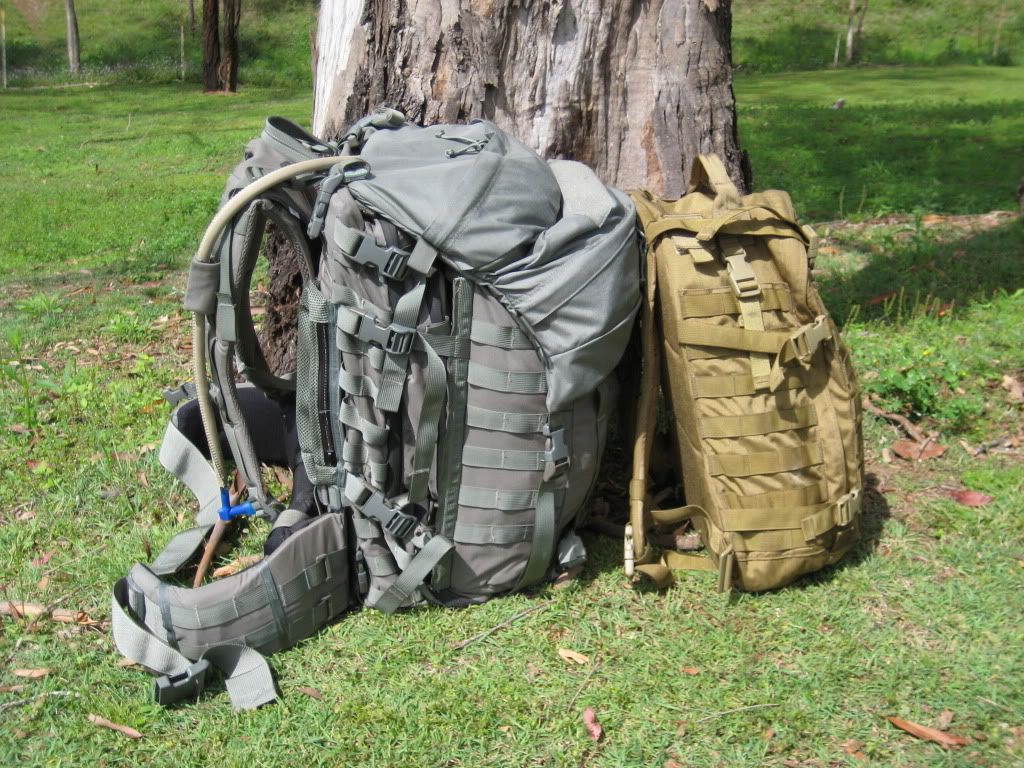

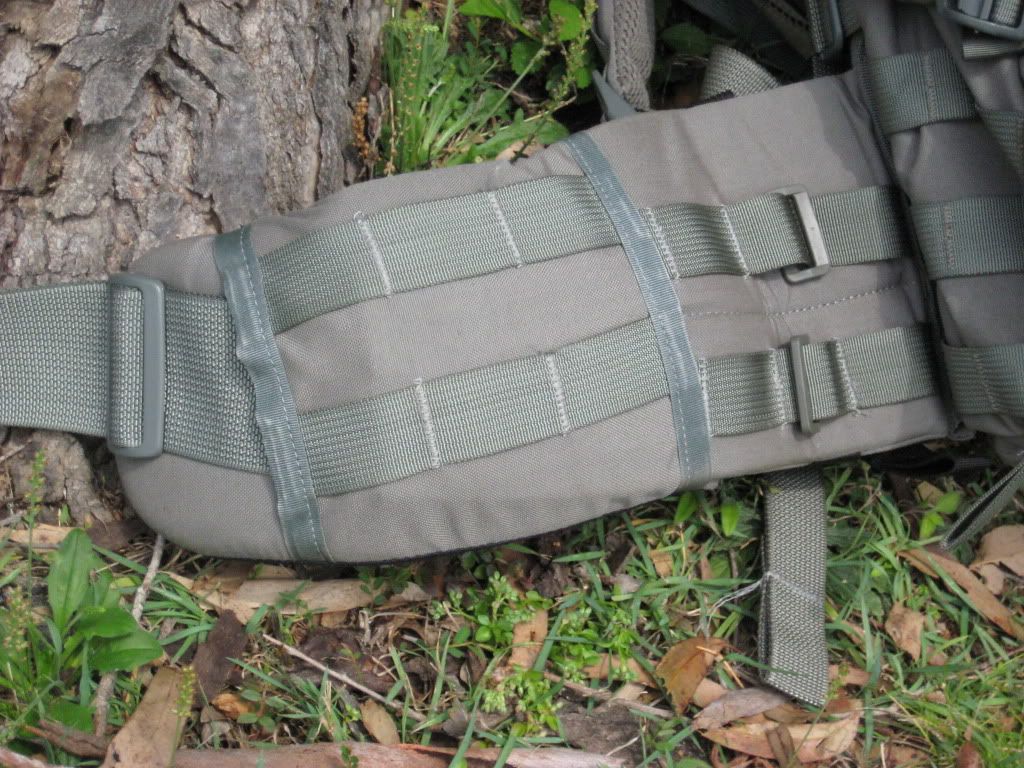






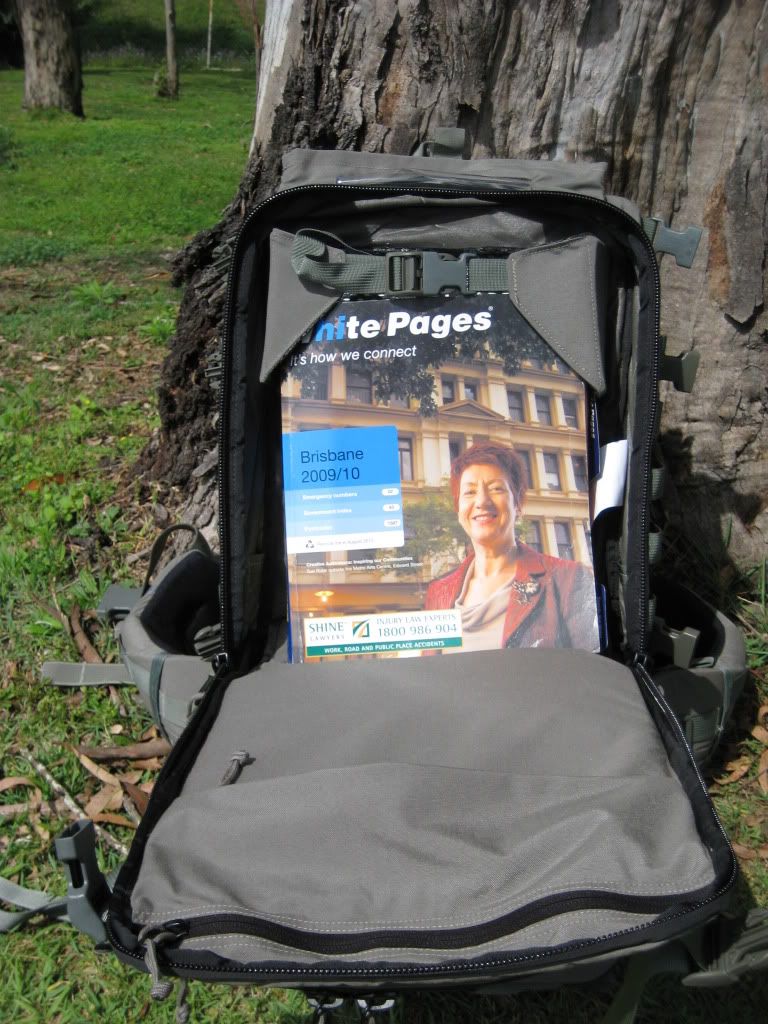
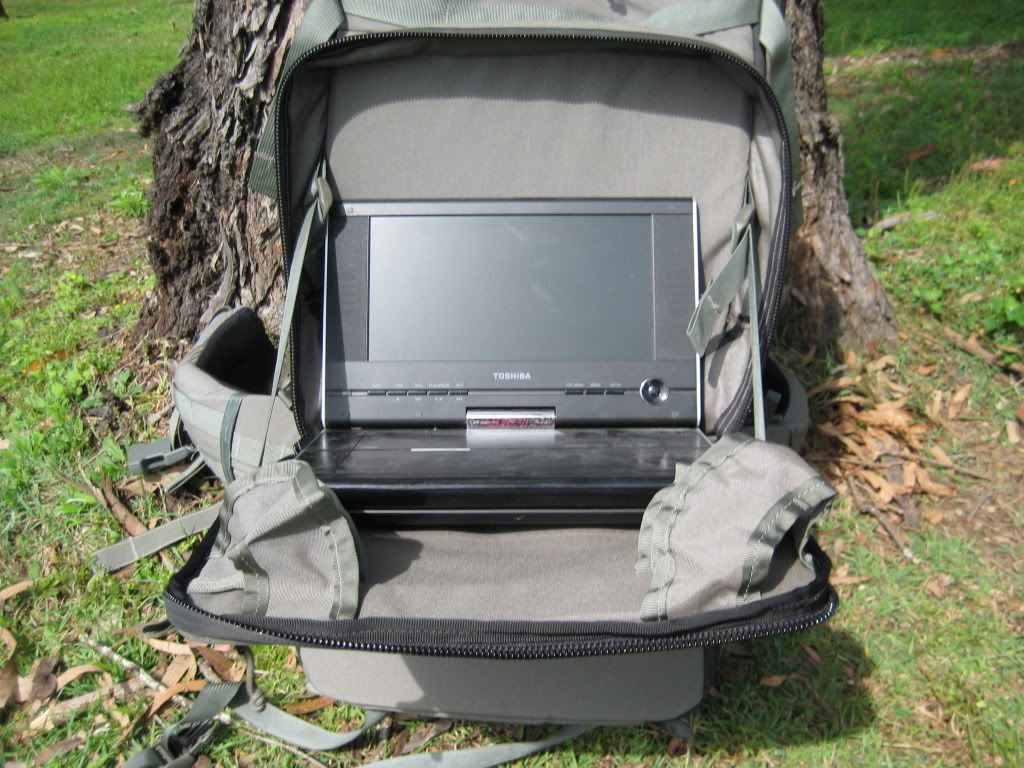
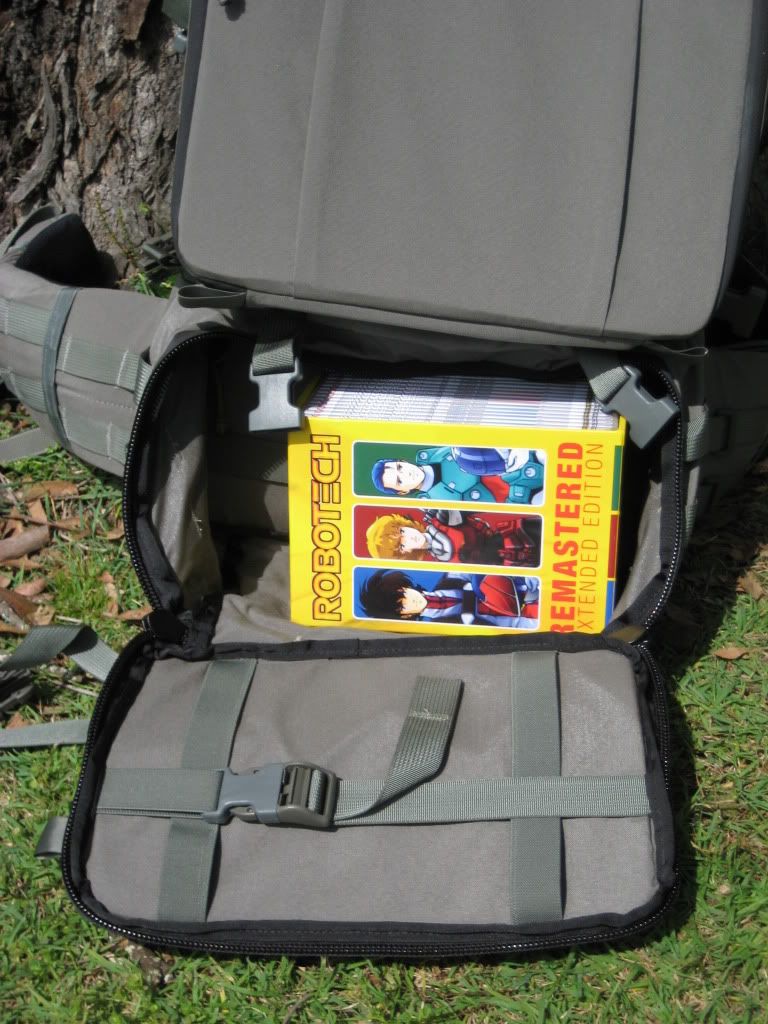

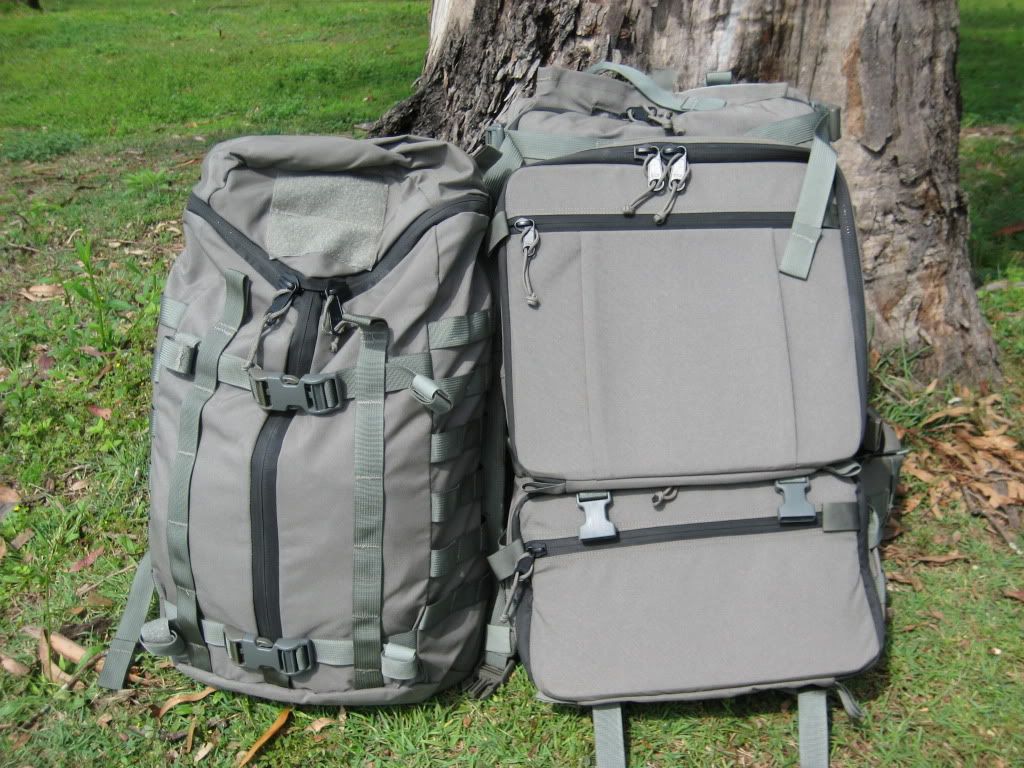
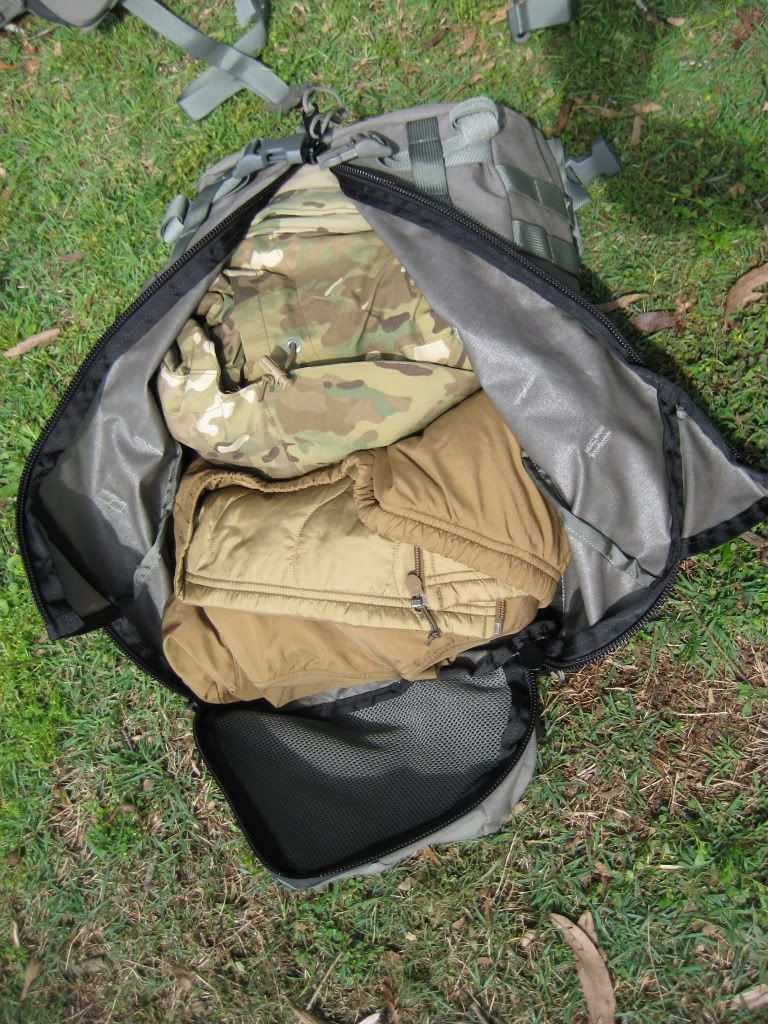
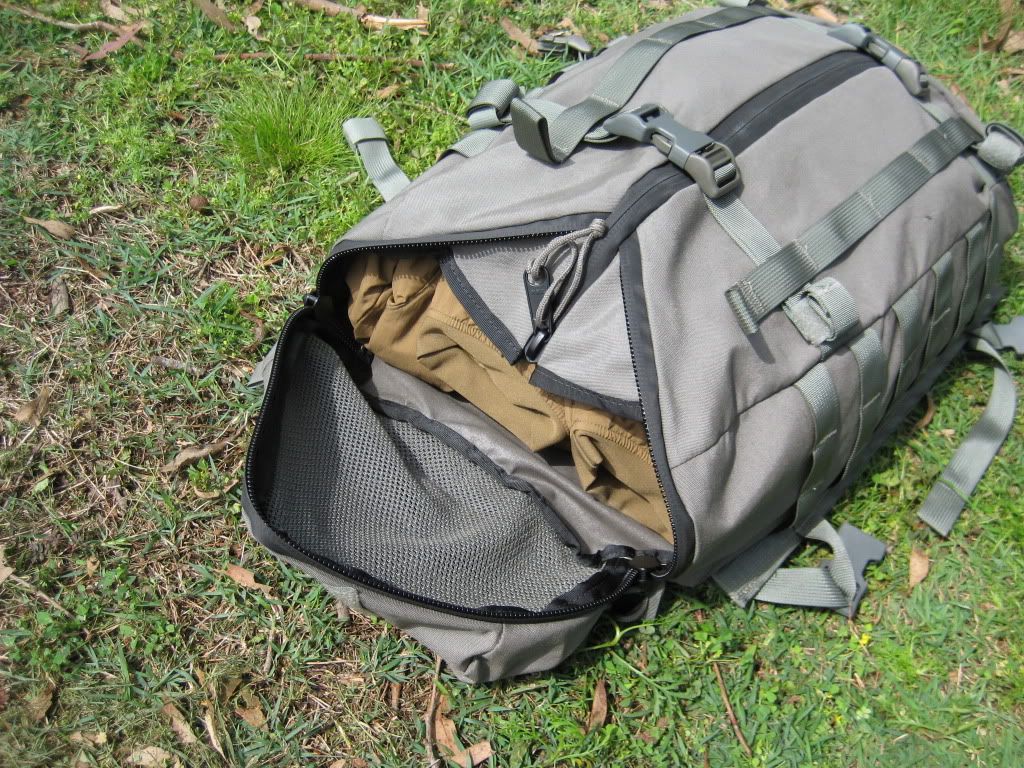

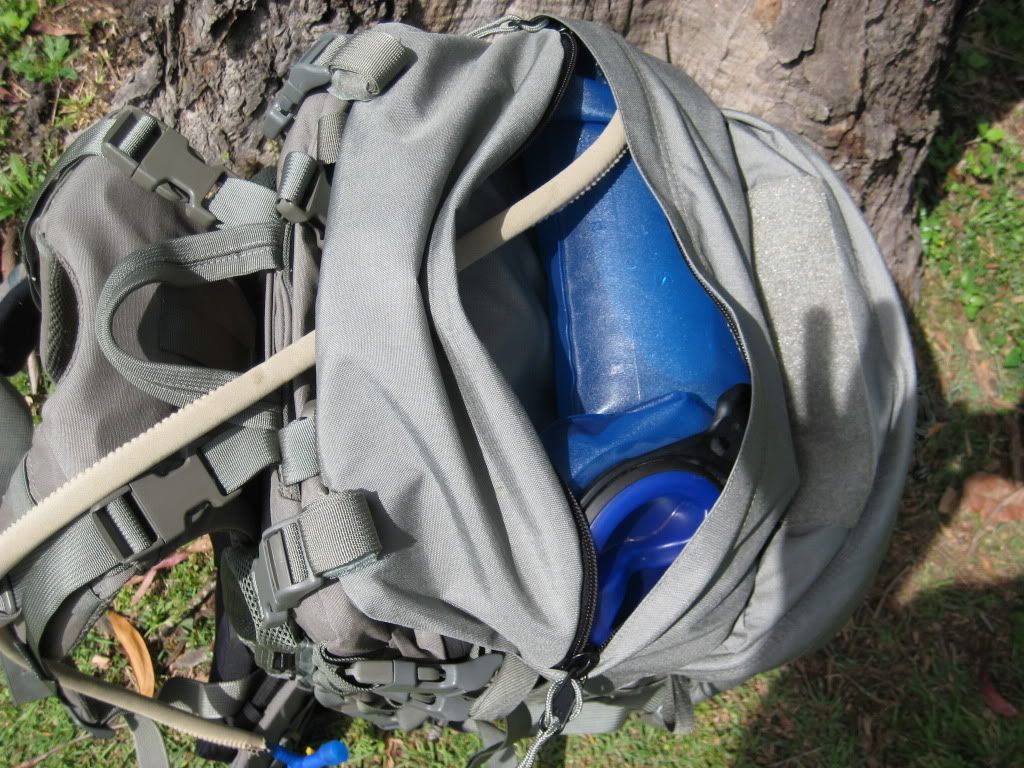
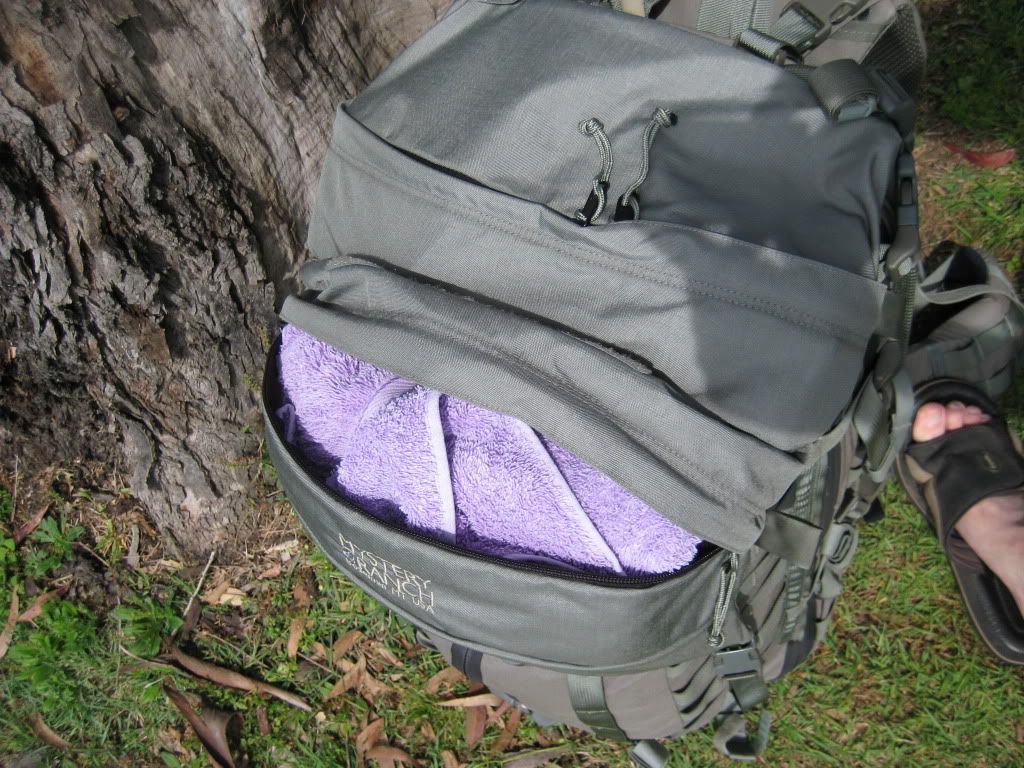
Leave a Reply